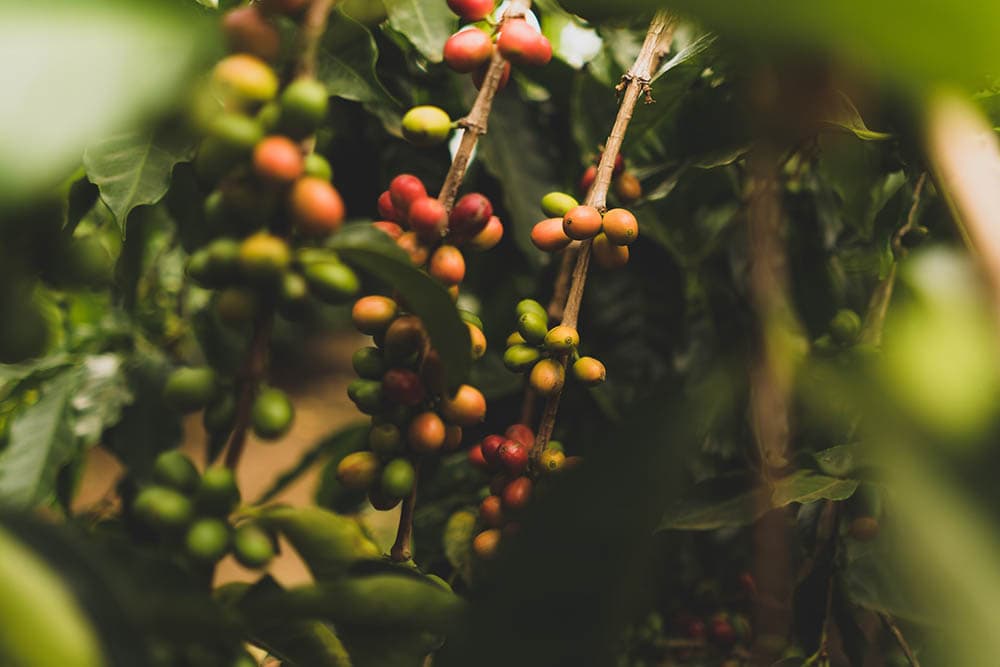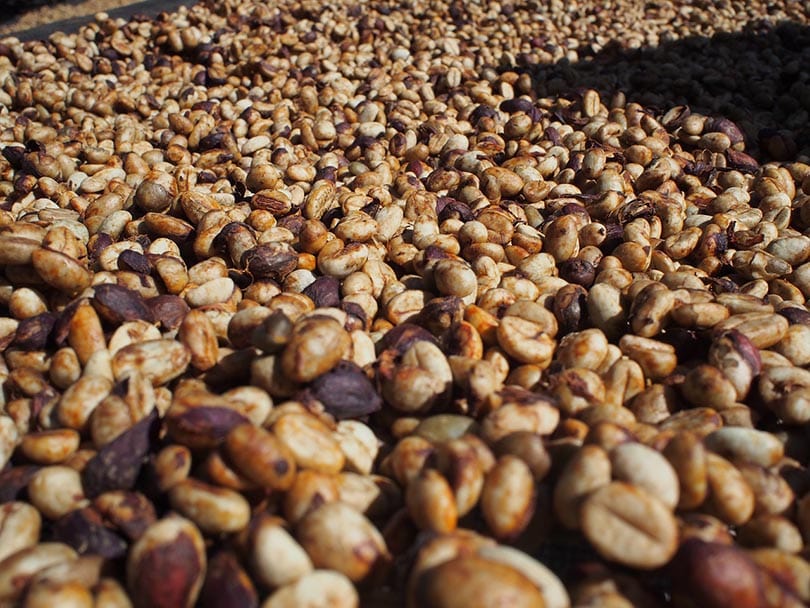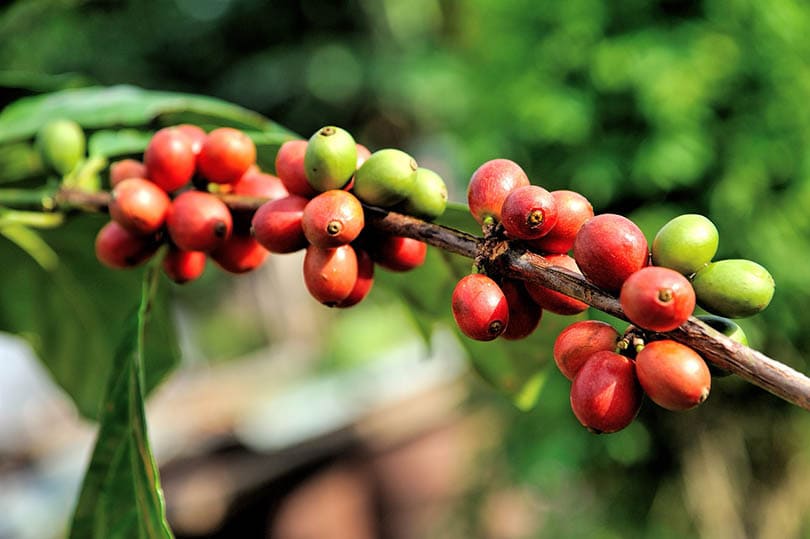
As a coffee enthusiast, your love of coffee is a driving force in your life. Whether you are the type of coffee drinker who browses the internet looking for new and exciting brands and flavors to taste, or someone who believes the brewing method is key to a great cup of coffee, you naturally pick up a few things along the journey. For most, casual drinkers and coffee champions alike, knowing the two types of coffee is like second nature. When you’re choosing your next sample, you see the words Arabica or Robusta and instantly go for your preferred bean. But how much do you truly know about your coffee beans?
If you’re a lover of Arabica coffee and its lighter flavor with fruity or nutty undertones, you may be curious about where this coffee bean comes from. Especially, since the region where the bean grows determines a lot about the taste that ends up in your cup. Arabica coffee prefers a tropical climate. That’s why most Arabica coffee is grown around the equator. These little beans take quite a bit of nurturing to end up in your cup, tasting as amazing as they do.
Let’s learn a bit more about Arabica coffee, where it’s grown, and why so many people prefer this coffee bean when it comes to their favorite beverage.

What Is Arabica Coffee?
As we’ve already mentioned, there are two primary types of coffee, Arabica, and Robusta. Arabica beans come from the Coffea arabica plant. For years, Arabica has been the preferred coffee and is responsible for 60 to 80% of all coffee produced worldwide. If you trace the roots of Arabica coffee, you’ll find yourself in Ethiopia. This country is often referred to as the birthplace of coffee. You can still find coffee growing wild around the country. While Ethiopia may be where coffee began, it traveled from there to Yemen, where it was first cultivated and farmed.
An Arabica plant is a large bush that features oval leaves that are dark green. It takes 7 to 9 months for the rounded fruits, or cherries to mature. Inside these cherries, you’ll find 2 seeds. These are your coffee beans. For an Arabica plant to be healthy, it needs to grow in climates where temperatures reach 64 to 73 degrees daily. They also need to be at elevations of 3,000 to 6,000 feet above sea level for the best taste.

What Does Arabica Coffee Taste Like?
While it may be more difficult to grow, many coffee drinkers still prefer Arabica coffee due to its flavor complexity. The taste is considered smoother with a balanced sweetness and acidity coffee drinkers enjoy. You can even find a few undertones such as fruit and nuts. Many drinkers feel Arabica coffee is ideal for popular milky coffee beverages that are now on the menu at most local coffee shops. The smooth taste blends quite well and offers a smooth, very palatable drink.
Where Is Arabica Coffee Grown?
Now that you understand more about what Arabica coffee is, it’s time to learn where this coffee is grown. Surely, you remember the phrase, “Mountain Grown Coffee”? That’s because Arabica coffee is best grown on hillsides and mountains where the altitude is just right. You also need the right temperatures, as we mentioned above. This is why most of the coffee you consume is grown in regions around the equator. The more fragile Arabica beans need cool, subtropical climates. They also need the right amount of rainfall, suitable soil, and the correct mix of shade and sunlight.
Most of the Arabica beans found in your morning cup of joe come from Brazil, the country responsible for most of the Arabica coffee in the world. You’ll also find other countries such as Ethiopia, Guatemala, Colombia, and Indonesia are producers of this coffee. Most of these countries fall in an area of the world known as the “bean belt,” where all the ingredients needed for great coffee beans fall into place. While Arabica is the most difficult coffee plant to nurture and care for, they are also the most sought-after and the most expensive.

Why Is Arabica Coffee so Expensive?
Knowing where your coffee comes from can help you better understand why it’s so expensive, but there’s more to it. Not only do coffee farmers work incredibly hard to produce the best beans possible, but they also face a lot of hardships. This is especially true when it comes to Arabica coffee. With all the requirements needed to produce great Arabica beans, these fragile plants require constant care and attention. When elevation, temperature, rainfall, sunlight, and the soil all combine for a perfect setting for Arabica coffee, other issues can arise.
Arabica coffee plants are known to be fragile. This is why so many insects invade coffee farms. You’ll also find that these plants are quite susceptible to disease. Beyond those issues, the cultivating process is quite extensive which means farmers work extra hard to supply the world with tasty beans. Many companies have stopped paying these hard-working farmers the bottom dollar for their beans and are ensuring their sustainable farming methods are being rewarded. This allows families in countries where coffee is grown to continue their livelihoods and provide coffee lovers around the world with only the best beans possible.

Final Thoughts on Arabica Coffee Growing
As you can see, Arabica coffee growing conditions are quite fickle, like the plants themselves. Everything must fall into place just right for a plant to not only survive but to provide a bean local farms can profit from and deliver to your cup. While regions around the equator such as Brazil are the best places for great-tasting Arabica beans, don’t be surprised when other countries are the ones who supply your favorite coffee brands. With the right temperatures, conditions, and processes more and more coffee producers are bringing the full-bodied taste and aroma of Arabica to the world.
Featured Image Credit: Clint McKoy, Unsplash













